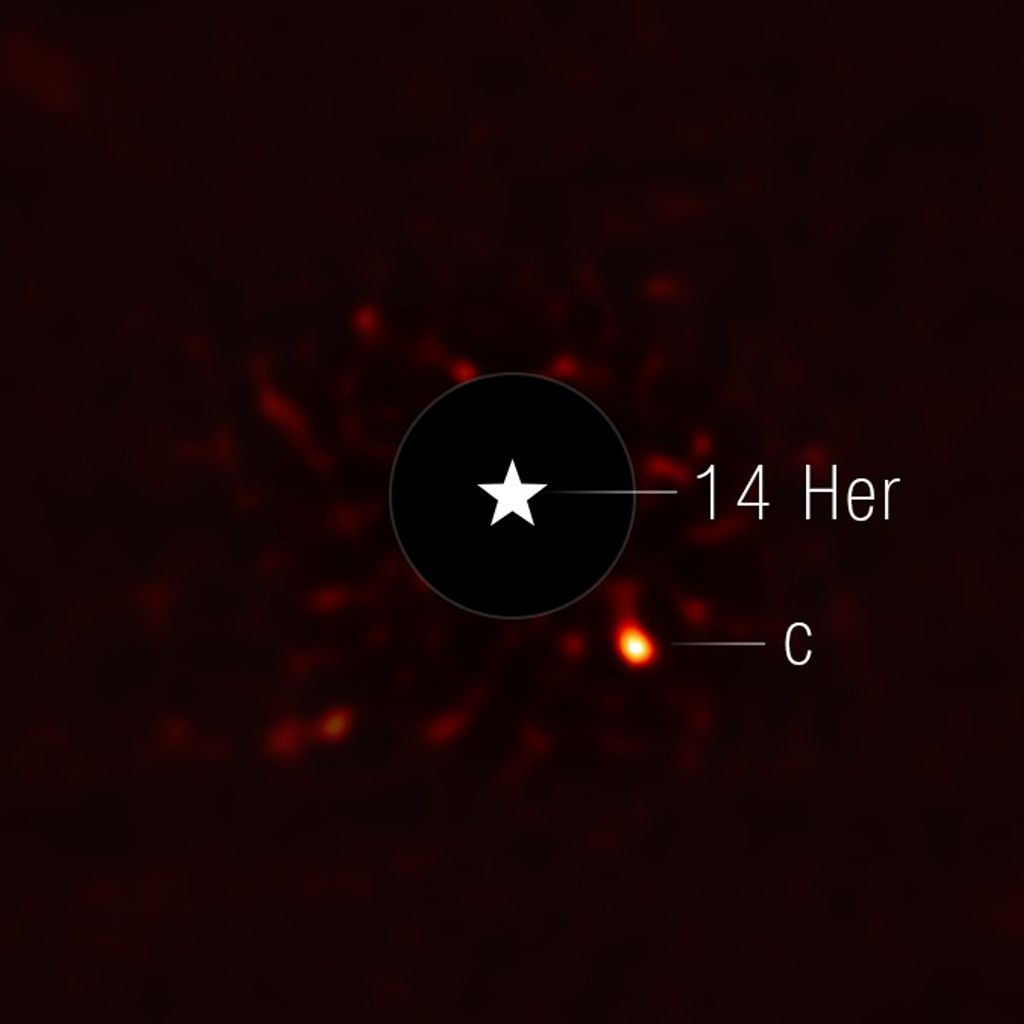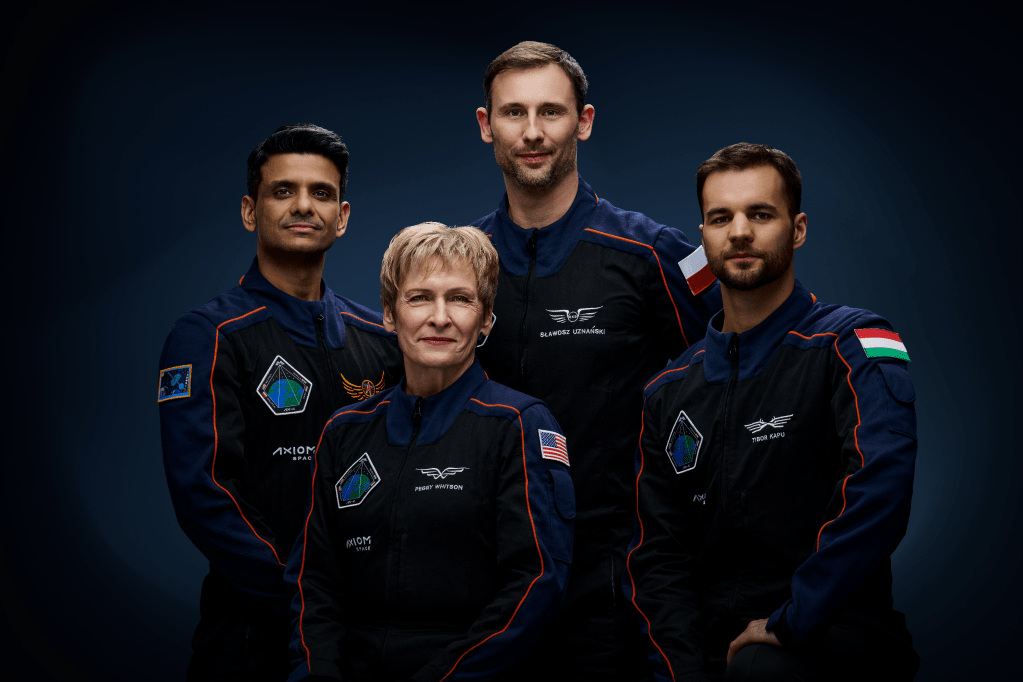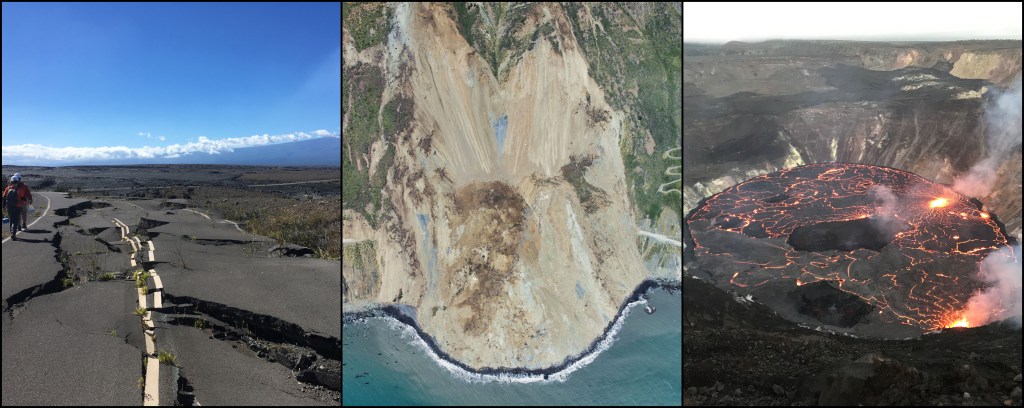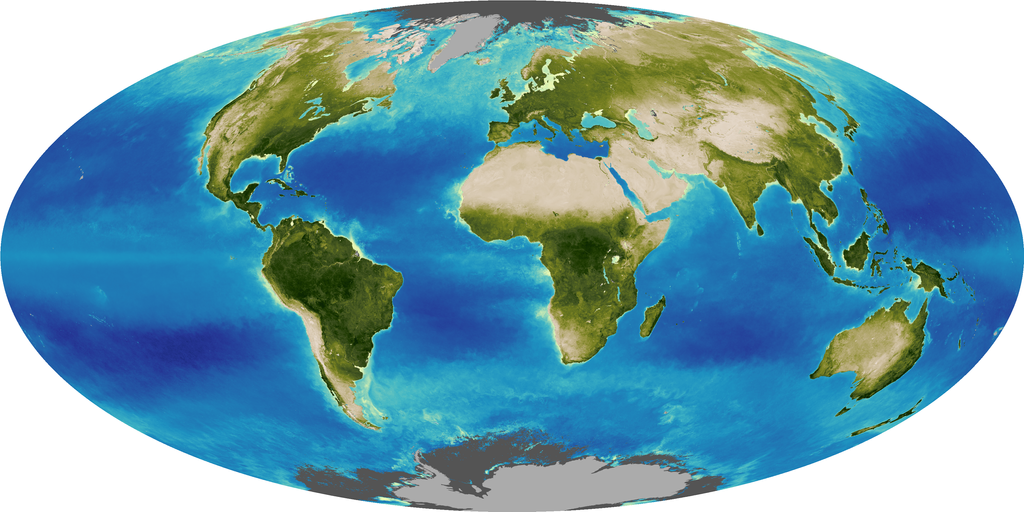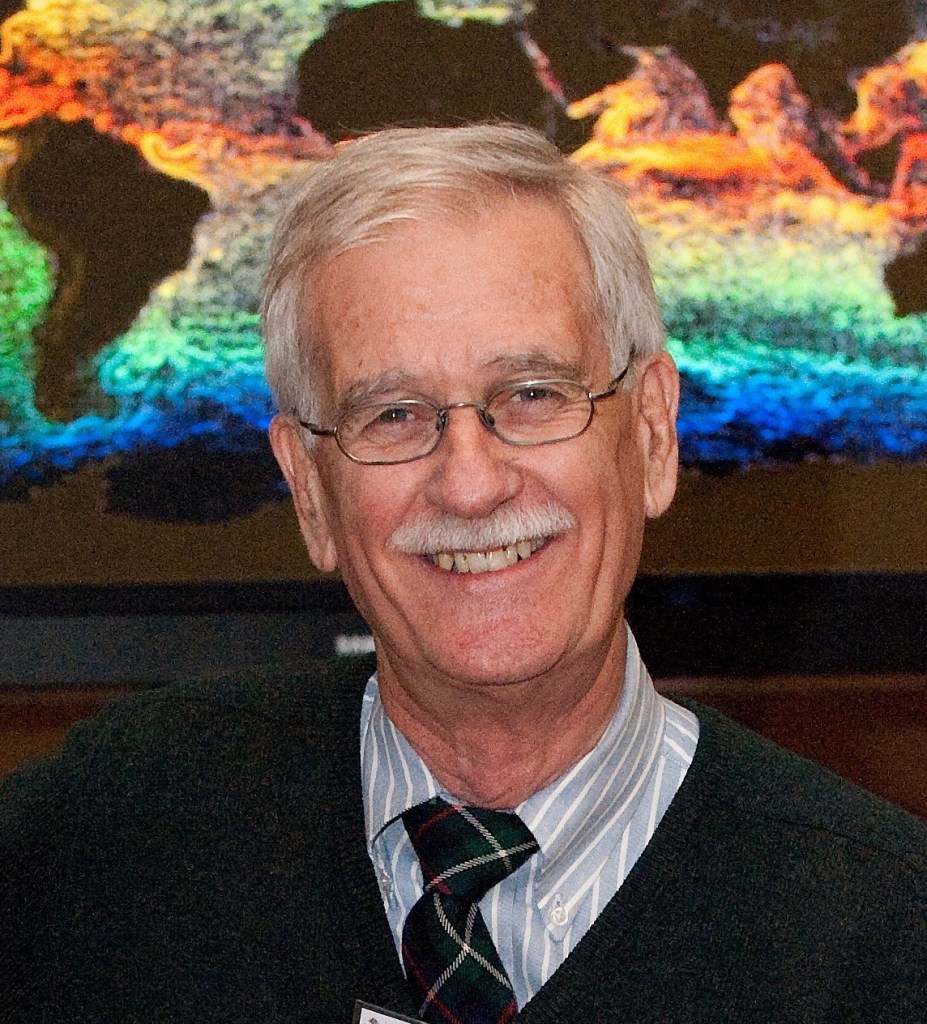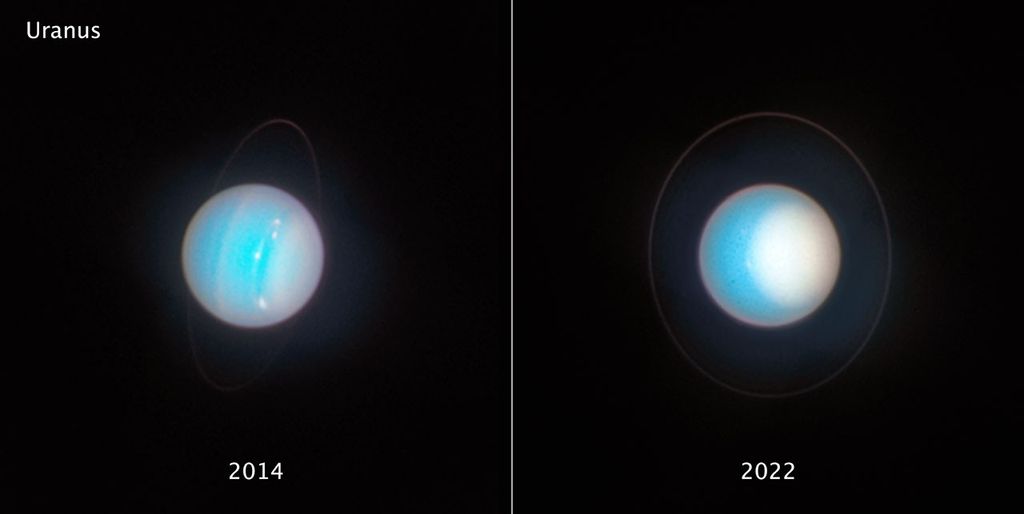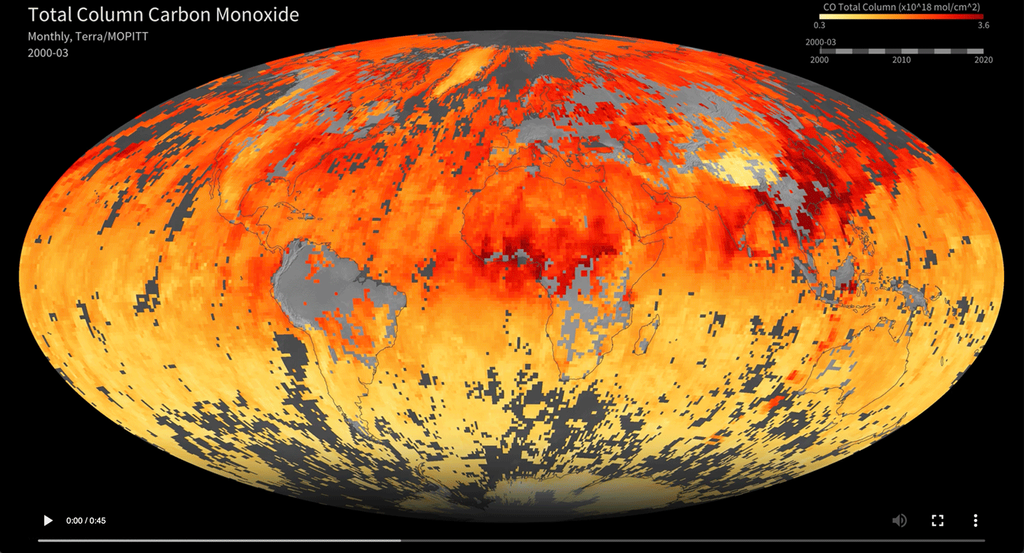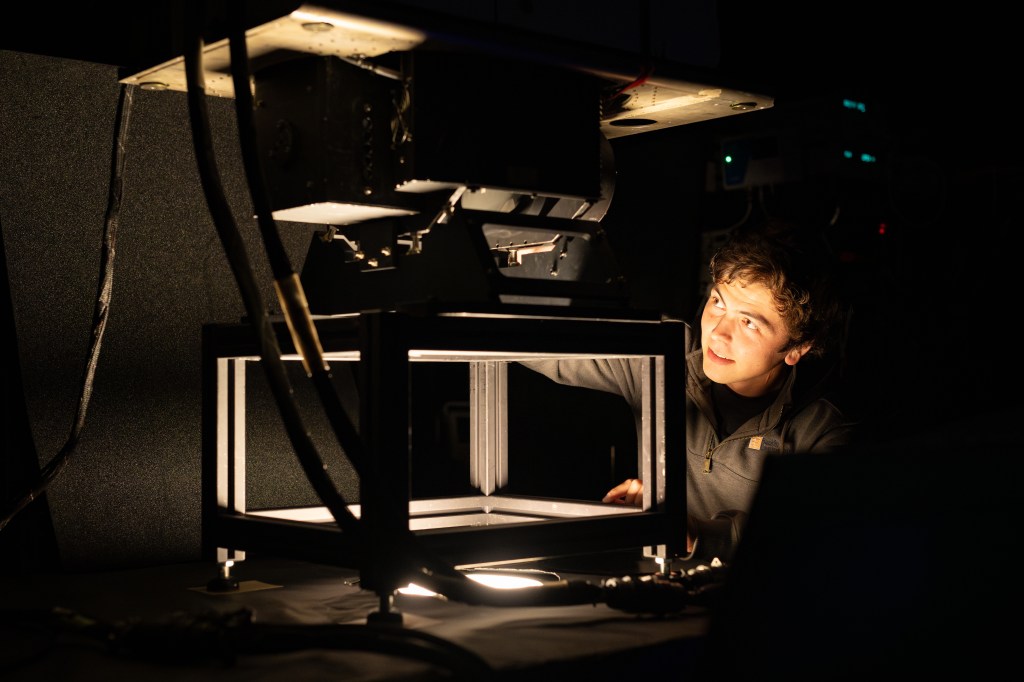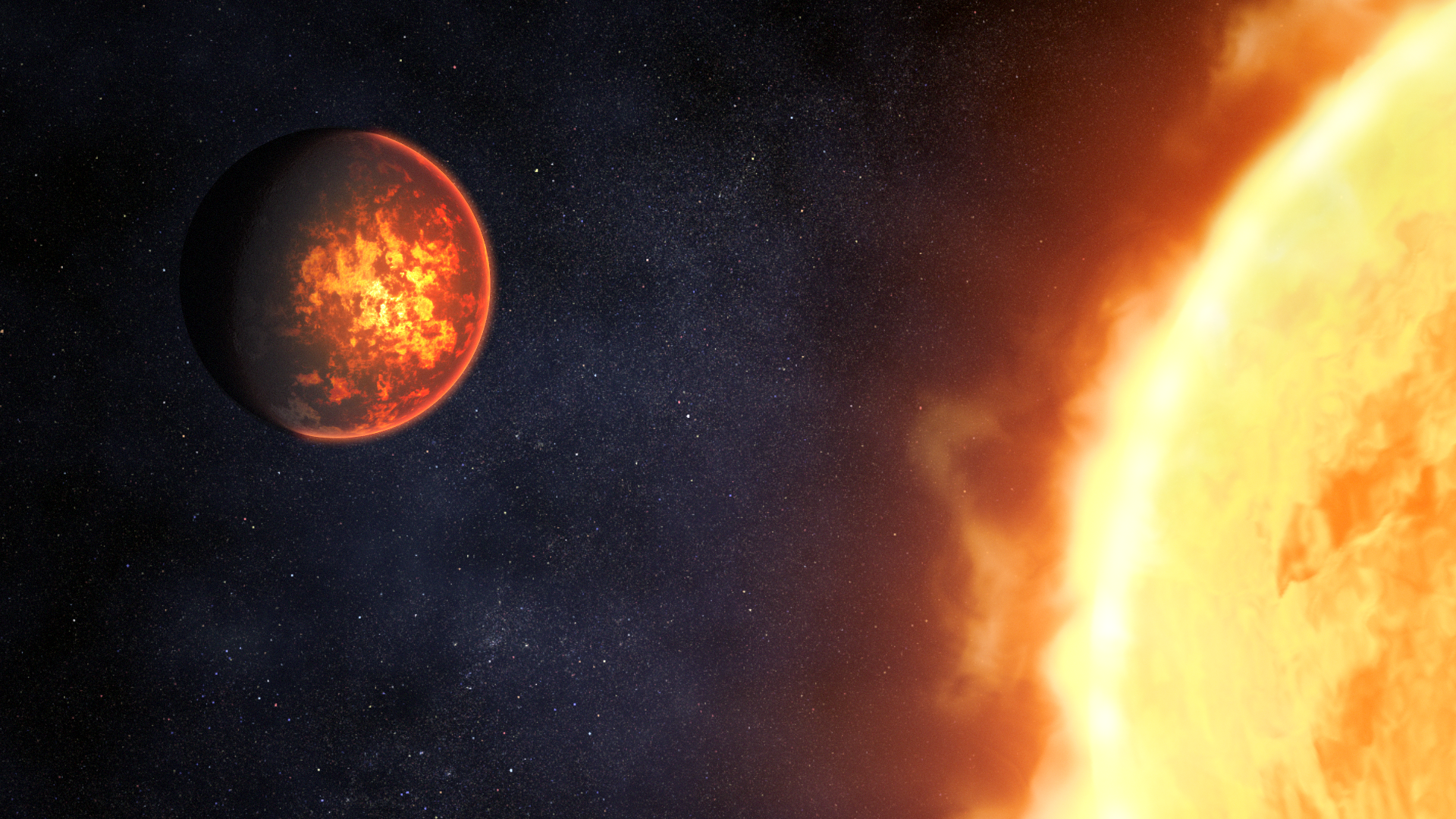
With its mirror segments beautifully aligned and its scientific instruments undergoing calibration, NASA’s James Webb Space Telescope is just weeks away from full operation. Soon after the first observations are revealed this summer, Webb’s in-depth science will begin.
Among the investigations planned for the first year are studies of two hot exoplanets classified as “super-Earths” for their size and rocky composition: the lava-covered 55 Cancri e and the airless LHS 3844 b. Researchers will train Webb’s high-precision spectrographs on these planets with a view to understanding the geologic diversity of planets across the galaxy, and the evolution of rocky planets like Earth.
Super-Hot Super-Earth 55 Cancri e
55 Cancri e orbits less than 1.5 million miles from its Sun-like star (one twenty-fifth of the distance between Mercury and the Sun), completing one circuit in less than 18 hours. With surface temperatures far above the melting point of typical rock-forming minerals, the day side of the planet is thought to be covered in oceans of lava.
Planets that orbit this close to their star are assumed to be tidally locked, with one side facing the star at all times. As a result, the hottest spot on the planet should be the one that faces the star most directly, and the amount of heat coming from the day side should not change much over time.
But this doesn’t seem to be the case. Observations of 55 Cancri e from NASA’s Spitzer Space Telescope suggest that the hottest region is offset from the part that faces the star most directly, while the total amount of heat detected from the day side does vary.
Does 55 Cancri e Have a Thick Atmosphere?
One explanation for these observations is that the planet has a dynamic atmosphere that moves heat around. “55 Cancri e could have a thick atmosphere dominated by oxygen or nitrogen,” explained Renyu Hu of NASA’s Jet Propulsion Laboratory in Southern California, who leads a team that will use Webb’s Near-Infrared Camera (NIRCam) and Mid-Infrared Instrument (MIRI) to capture the thermal emission spectrum of the day side of the planet. “If it has an atmosphere, [Webb] has the sensitivity and wavelength range to detect it and determine what it is made of,” Hu added.
Or Is It Raining Lava in the Evening on 55 Cancri e?
Another intriguing possibility, however, is that 55 Cancri e is not tidally locked. Instead, it may be like Mercury, rotating three times for every two orbits (what’s known as a 3:2 resonance). As a result, the planet would have a day-night cycle.
“That could explain why the hottest part of the planet is shifted,” explained Alexis Brandeker, a researcher from Stockholm University who leads another team studying the planet. “Just like on Earth, it would take time for the surface to heat up. The hottest time of the day would be in the afternoon, not right at noon.”
Brandeker’s team plans to test this hypothesis using NIRCam to measure the heat emitted from the lit side of 55 Cancri e during four different orbits. If the planet has a 3:2 resonance, they will observe each hemisphere twice and should be able to detect any difference between the hemispheres.
In this scenario, the surface would heat up, melt, and even vaporize during the day, forming a very thin atmosphere that Webb could detect. In the evening, the vapor would cool and condense to form droplets of lava that would rain back to the surface, turning solid again as night falls.
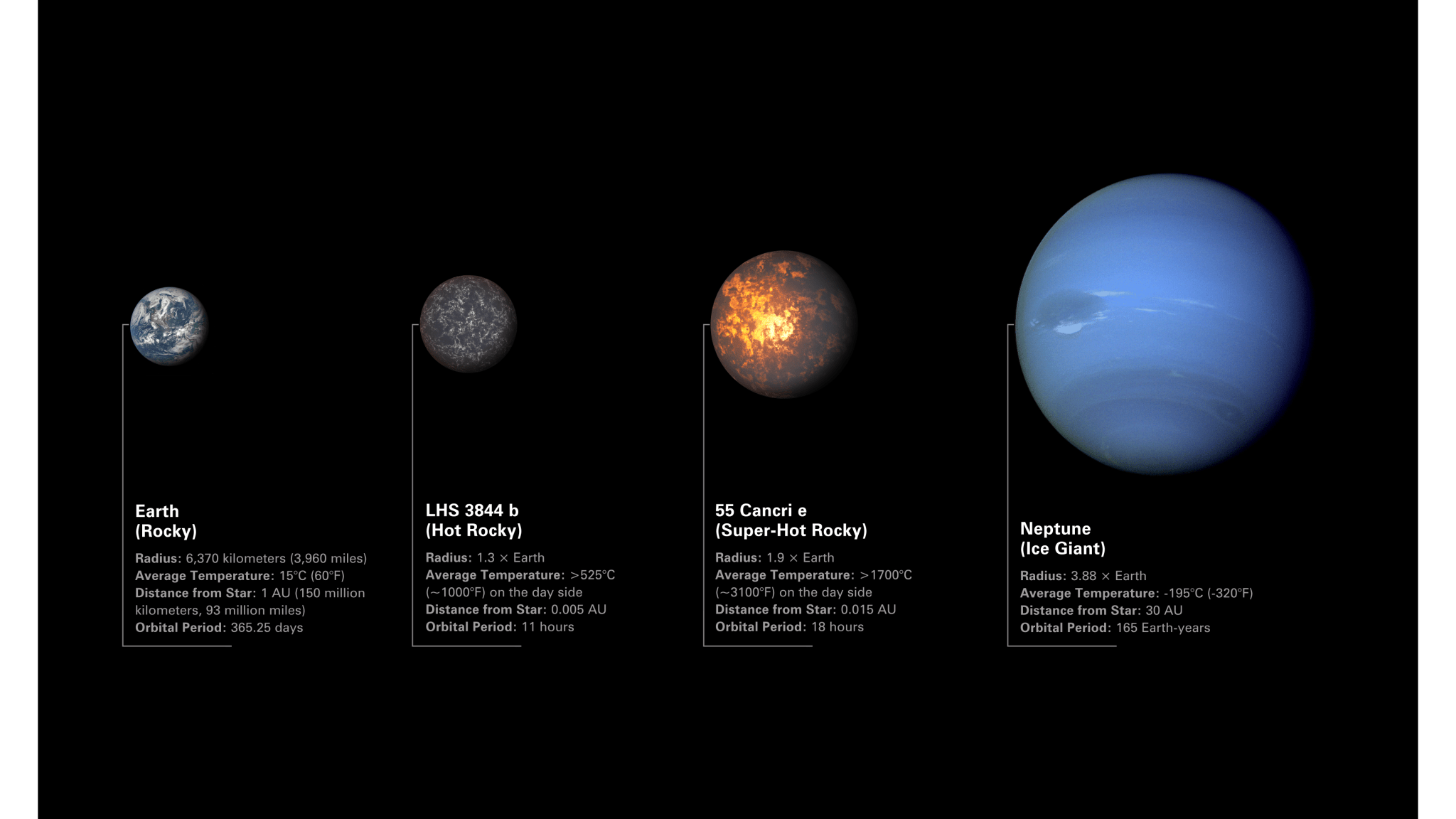
Somewhat Cooler Super-Earth LHS 3844 b
While 55 Cancri e will provide insight into the exotic geology of a world covered in lava, LHS 3844 b affords a unique opportunity to analyze the solid rock on an exoplanet surface.
Like 55 Cancri e, LHS 3844 b orbits extremely close to its star, completing one revolution in 11 hours. However, because its star is relatively small and cool, the planet is not hot enough for the surface to be molten. Additionally, Spitzer observations indicate that the planet is very unlikely to have a substantial atmosphere.
What Is the Surface of LHS 3844 b Made of?
While we won’t be able to image the surface of LHS 3844 b directly with Webb, the lack of an obscuring atmosphere makes it possible to study the surface with spectroscopy.
“It turns out that different types of rock have different spectra,” explained Laura Kreidberg at the Max Planck Institute for Astronomy. “You can see with your eyes that granite is lighter in color than basalt. There are similar differences in the infrared light that rocks give off.”
Kreidberg’s team will use MIRI to capture the thermal emission spectrum of the day side of LHS 3844 b, and then compare it to spectra of known rocks, like basalt and granite, to determine its composition. If the planet is volcanically active, the spectrum could also reveal the presence of trace amounts of volcanic gases.
The importance of these observations goes far beyond just two of the more than 5,000 confirmed exoplanets in the galaxy. “They will give us fantastic new perspectives on Earth-like planets in general, helping us learn what the early Earth might have been like when it was hot like these planets are today,” said Kreidberg.
These observations of 55 Cancri e and LHS 3844 b will be conducted as part of Webb’s Cycle 1 General Observers program. General Observers programs were competitively selected using a dual-anonymous review system, the same system used to allocate time on Hubble.
The James Webb Space Telescope is the world’s premier space science observatory. Webb will solve mysteries in our solar system, look beyond to distant worlds around other stars, and probe the mysterious structures and origins of our universe and our place in it. Webb is an international program led by NASA with its partners, ESA (European Space Agency) and the Canadian Space Agency.
Margaret W. Carruthers
Space Telescope Science Institute, Baltimore, Maryland
410-338-4366
mcarruthers@stsci.edu

